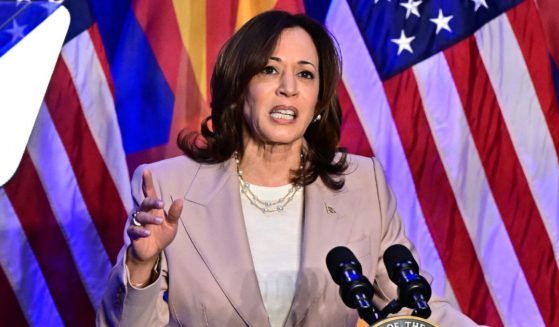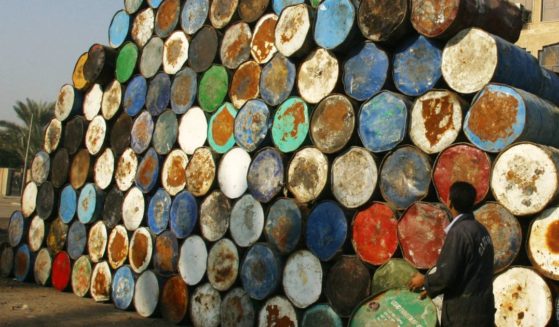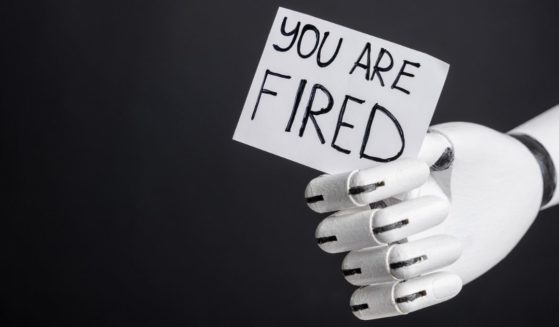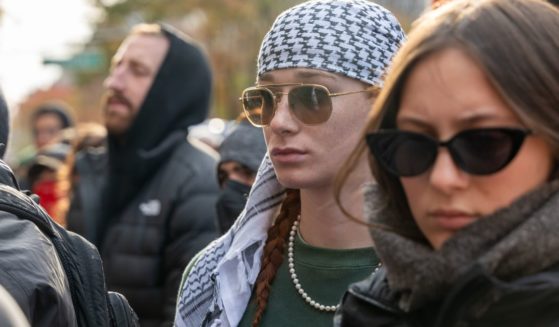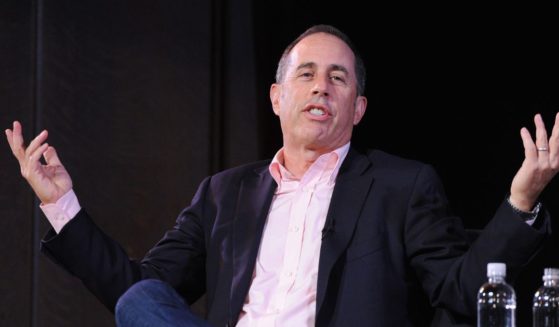Democrats in 2020 face challenge in Wisconsin: the economy
NEW BERLIN, Wis. (AP) — Business was good at the merchandise table as Republicans meeting at a suburban Milwaukee bowling alley picked out their Trump 2020 “Keep America Great” hats, now available in pink, blue and camouflage in addition to the trademark red. Bruce Kudick, a proud Donald Trump supporter with a little extra money in his pocket these days, bought two.
The 60-year-old says he hoped to retire and move to Florida in 2014 after he sold the bar and bowling alley he owned. But health insurance got too expensive and his insurer pulled out of the individual market “because of Obamacare,” so Kudick got a job with a Wisconsin blood center setting up blood drives.
He just got a $3.75-per-hour raise — an example, he says, of how the economy is booming with a businessman in the White House.
“You can’t tell me if you walked up to anybody and asked, ‘Is your life better?’ they can say anything other than ‘yes,'” Kudick said.
The economy already is at the center of the 2020 fight for president, particularly in Midwestern states that supported Trump in 2016 and that Democrats are determined to recapture next year. The Democrats’ challenge may be especially difficult in Wisconsin, a toss-up state that has one of the lowest unemployment rates in the country.
Trump boasted of the job numbers during a rally in Green Bay last month, also noting the U.S. economy’s better-than-expected 3.2% growth in the first quarter. Nationally, unemployment is at 3.6% — a 50-year low. Wisconsin’s is 2.9%.
Democrats insist that Wisconsin families should still be aggrieved: that they should be seeing more of the economy’s benefits, but wealthy people and corporations are taking too much.
The Democratic group Priorities USA launched ads ahead of Trump’s visit — part of a $100 million early investment planned for Wisconsin, Pennsylvania, Florida and Michigan. The group noted Wisconsin’s average annual wage was more than $4,000 below the national average.
How people feel is the key question. In AP VoteCast, a national survey of voters in last year’s midterm election, 68% of Wisconsin voters rated the economy as good or excellent and about as many said their family was holding steady financially.
Rita Lock, a 54-year-old Democrat from Milwaukee, said she’s dissatisfied and was happy to see former Vice President Joe Biden get into the 2020 presidential race. She believes that former President Barack Obama, who took office during the Great Recession, deserves credit for the turnaround and that too many people still are struggling.
“People have to work two or three jobs to make ends meet. Everything will be better when a person can just work one job,” said Lock, who runs an organization that advocates for criminal justice reform.
The state’s economy is driven largely by manufacturing, health care and agriculture, with Wisconsin — known as “America’s Dairyland” — the country’s largest cheese producer.
Democratic Lt. Gov. Mandela Barnes said Trump’s trade policies have contributed to falling milk prices. Mexico, Canada, Europe and China imposed retaliatory tariffs on American dairy products after Trump placed tariffs on foreign steel and aluminum.
“Donald Trump has been a disaster — for our state, for our country, for our dairy farmers,” Barnes said at a Democratic gathering before Trump’s Green Bay event.
Barnes and Gov. Tony Evers defeated Republican Gov. Scott Walker last fall in a victory that energized Wisconsin Democrats. Barnes said he hopes their campaign can serve as a lesson for Democrats in 2020 to be bold.
“People didn’t always want to talk about criminal justice reform. They didn’t want to talk about immigration. They said ‘don’t mention it. You’re going to lose people,'” Barnes said. “But when we talked about it we found out that we gained people.”
They’ve also pressed for expanding Medicaid and spending more on education.
Democratic Party of Wisconsin leader Martha Laning said the win was aided by more than 200 grassroots teams formed across the state after Hillary Clinton’s 2016 loss. Those teams, knocking on doors in both urban and rural areas, will be back in action in 2020, Laning said.
But just a few months after the 2018 midterms — when Democratic Sen. Tammy Baldwin also easily won reelection — a conservative Republican won a statewide seat on the Wisconsin Supreme Court, again prompting questions about which way the state leans politically.
Terry Dittrich, GOP chair in reliably Republican Waukesha County, west of Milwaukee, says the party may have been complacent in 2018, but not now.
“Our grassroots will be out in force,” Dittrich said. “This state is going to be a razor-thin race.”
Tight races are not unfamiliar in Wisconsin. Three of the last five presidential races have been decided by less than 1 percent of the vote, with the exception being Obama’s wins in 2008 and 2012. Obama picked up support in traditionally conservative areas that had lost thousands of industrial jobs, but those areas swung heavily to Trump in 2016.
Charles Franklin, director of the Marquette Law School Poll, said the state’s party balance has moved from 3 to 5 percentage points pro-Democratic a few years ago to a dead-even split.
He noted Trump’s favorability rating here has been in the low- to mid-40s since he became president — which is higher than before the 2016 election.
“Trump has a more unified Republican Party behind him now than he had going into November of 2016,” Franklin said. “He has a Democratic Party that’s very opposed, but they were already opposed. … And with independents he did make some improvements.”
Franklin also said the economy is “absolutely” a plus for an incumbent who has the numbers Trump is seeing in Gross Domestic Product, earnings and unemployment.
Nik Rettinger, the 28-year-old first vice chairman of Waukesha County GOP, said he knows several people who were Trump skeptics but have come around to him in no small part because of the economy.
“We want people moving out of their parents’ basements,” he said. “A lot of people said, ‘I don’t know if he can do it.’ Now they think: He’s done it.”
___
Associated Press writer Hannah Fingerhut contributed to this report from Washington.
The Western Journal has not reviewed this Associated Press story prior to publication. Therefore, it may contain editorial bias or may in some other way not meet our normal editorial standards. It is provided to our readers as a service from The Western Journal.
Truth and Accuracy
We are committed to truth and accuracy in all of our journalism. Read our editorial standards.

